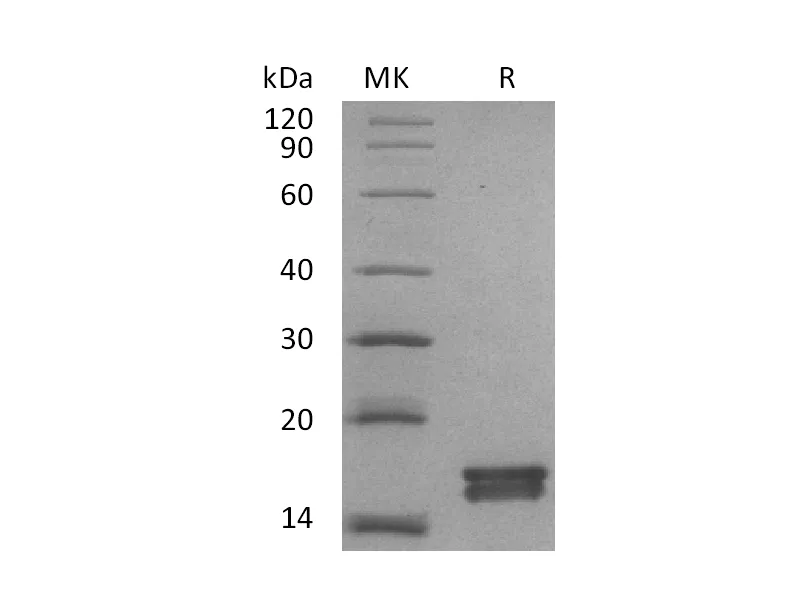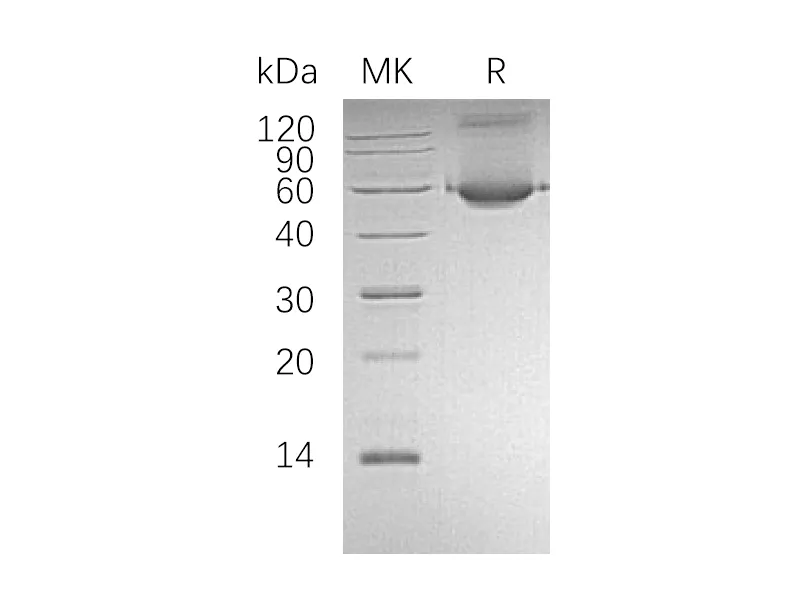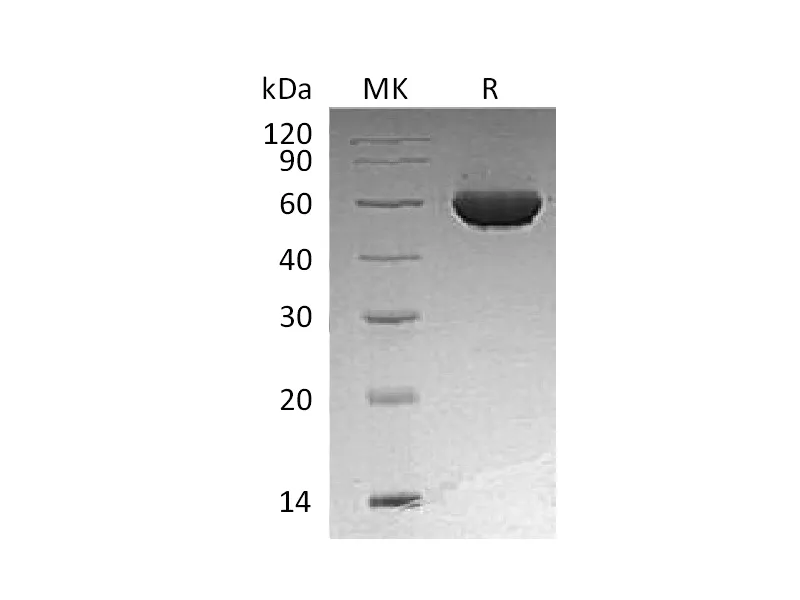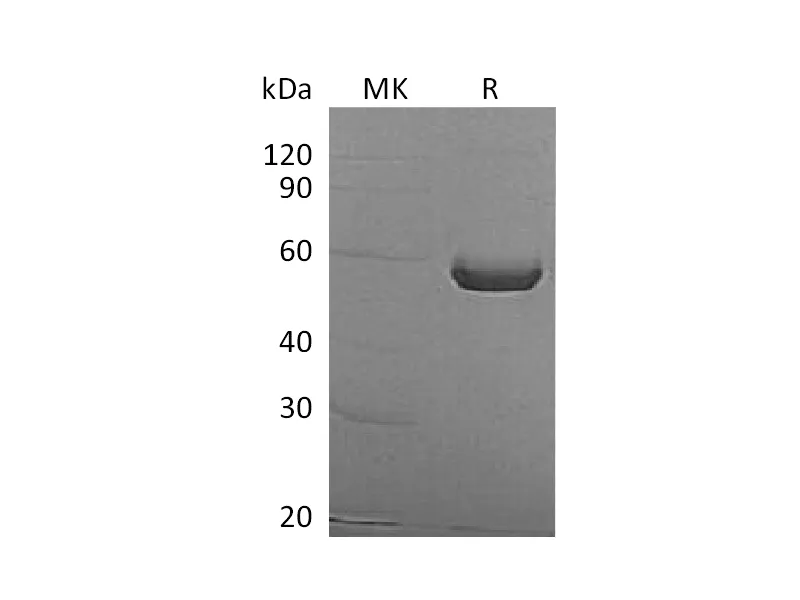Alternative Names
SPARC; Sparc
Background
Secreted protein acidic and rich in cysteine (SPARC,BM-40) protein belongs to the family of secreted matricellular proteins with similar domain structure. Mouse SPARC protein involved an N-terminal acidic region that binds calcium, a follistatin domain containing Kazal-like sequences, and a C-terminal extracellular calcium (EC) binding domain with two EF-hand motifs. SPARC is produced by fibroblasts, capillary endothelial cells, platelets, and macrophages, especially in areas of tissue morphogenesis and remodeling. It appears to regulate cell growth through interactions with the extracellular matrix and cytokines. SPARC is expressed at high levels in tissues undergoing morphogenesis, remodeling and wound repair. The activity of SPARC is to modulate cell-cell and cell-matrix interactions, and its de-adhesive and growth inhibitory properties in non-transformed cells have led to studies to assess its role in cancer.
Note
For Research Use Only , Not for Diagnostic Use.




